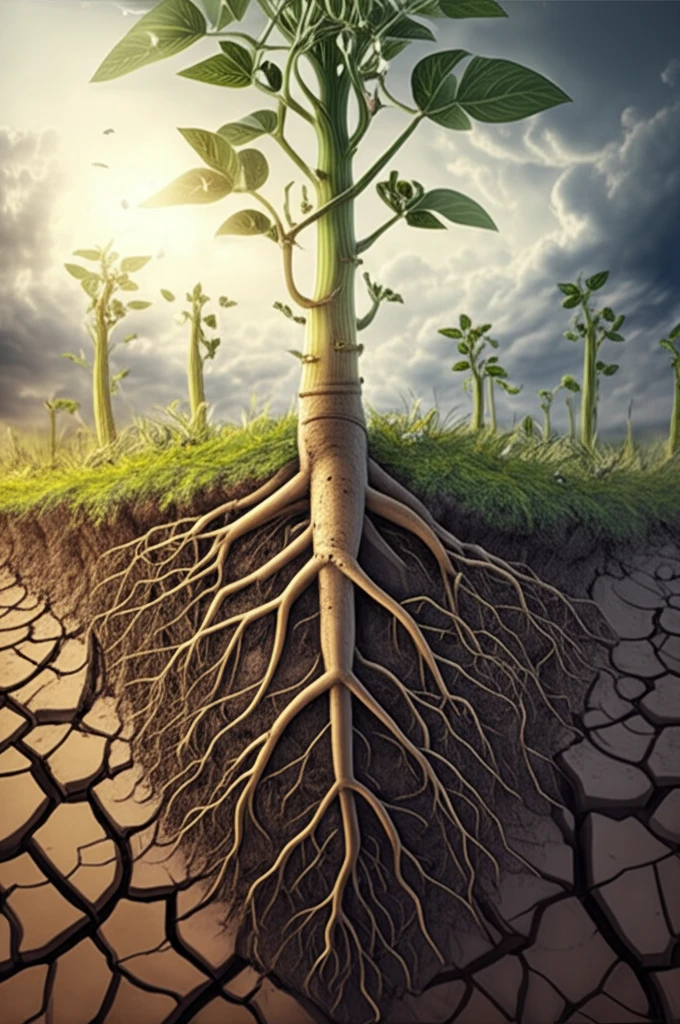
Decoding Drought Tolerance: How to Future-Proof Soybean Yields
"Discover the key physiological traits and innovative strategies that can help soybean crops thrive in drought-stricken environments, ensuring food security for future generations."
Drought is a recurrent threat to agriculture worldwide, and its impact on soybean production can be devastating. In an era of increasing climate variability, understanding how to enhance drought tolerance in crops is not just an academic exercise—it's a critical necessity.
While traditional breeding methods have made strides, a deeper understanding of the physiological mechanisms that govern a plant's response to drought is essential. This involves looking at the complex interplay between water uptake, water use efficiency, and how plants allocate resources under stress.
This article delves into the groundbreaking research on drought tolerance in soybeans, translating complex scientific findings into actionable insights. It explores how manipulating key traits—from root architecture to nitrogen fixation—can future-proof soybean yields against the challenges of a drier world.
What Makes a Soybean Drought-Tolerant? Key Physiological Traits

Drought tolerance isn't a single characteristic; it's a combination of traits that allow a plant to survive and produce a viable yield despite water scarcity. Scientists have identified several critical physiological mechanisms that contribute to this resilience in soybeans. These traits impact everything from how the plant captures water to how efficiently it uses it, and even how it manages essential nutrients under stress.
- Root Architecture: A deep and extensive root system is crucial for accessing water deep in the soil profile. Traits influencing root depth, density, and the ability to penetrate compacted soils are key.
- Water Use Efficiency (WUE): This refers to the amount of biomass a plant produces for each unit of water it transpires. Higher WUE means the plant can produce more yield with less water.
- Harvest Index (HI): This is the ratio of grain mass to total shoot mass. A higher HI indicates that the plant is efficiently allocating resources to seed production, even under stress.
- Nitrogen Fixation: Drought can significantly inhibit nitrogen fixation, a crucial process for soybean growth. Traits that enhance nitrogen fixation under drought conditions are highly valuable.
The Future of Drought-Resistant Soybeans
Developing drought-tolerant soybeans is not a simple task, but by focusing on key physiological traits, employing innovative breeding strategies, and embracing new technologies, we can ensure that soybean production remains viable in a world facing increasing water scarcity. By continuing to invest in research and development, we can safeguard our food supply and build a more resilient agricultural system for future generations. This effort requires collaboration between scientists, breeders, and farmers to create sustainable solutions tailored to specific environmental conditions.
